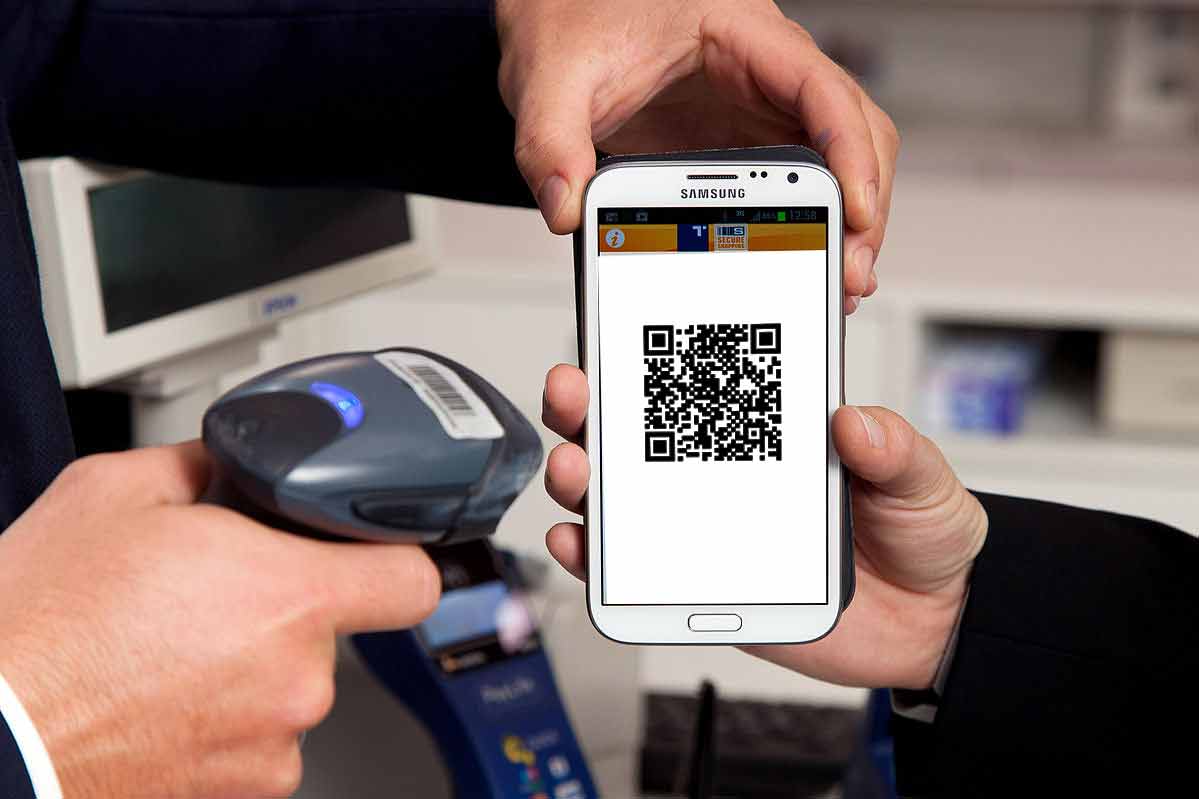
In its inaugural meeting on August 11, 2017, the recently established Payments Council in Singapore agreed to establish an industry taskforce to develop a common QR codes for Singapore (“SGQR”). (We take a look[1] at how QR code payments work in the last section of the article.)
The SGQR Taskforce will be co-led by the Monetary Authority of Singapore (MAS) and the Info-communications Media Development Authority (IMDA) and involve a broad range of stakeholders[2] such as banks, payment schemes, QR payment service providers, and relevant government agencies (Housing Development Board, National Environment Agency and SPRING Singapore).
Council members advocated the use of QR code-based payments as a practical and convenient way to introduce e-payments to cash-based merchants. The use of QR codes was mentioned by Prime Minister, Lee Hsien Loong in the National Day Rally speech last week, as an example of a convenient and safe payment method.
A common QR code will help facilitate Singapore’s move towards a cashless society, which is one of the national strategic projects under Singapore’s Smart Nation plans.
While debit and credit card schemes worked well for large merchants and retailers, these solutions were often not feasible for smaller merchants who prefer an infrastructure-light and cheaper solution.
The Council noted, however, that the proliferation of more proprietary QR codes at such merchants risked fragmentation of payment solutions and inefficiency among merchants and consumers. Council members agreed that a common QR code could facilitate payments among different payment schemes, e-wallets and banks. It would help make payment transactions simple, swift, seamless and safe for everyone.
The SGQR Taskforce aims to have in place by the end of 2017, standardised SGQR specifications to accept both domestic and international payment schemes. The SGQR Taskforce will also consider the governance structure and implementation strategy for QR payments.
Establishing interoperable electronic payments
The Council also noted that usage of e-payments was growing in Singapore and there was a variety of e-payment solutions available in Singapore that provided consumer choice. However, interoperability among these solutions were lacking. Interoperable solutions should allow for Singaporeans to make payments to one another, regardless of the payment solution chosen. The Council agreed that Singapore had the right infrastructure in place to achieve this vision but needed better coordination within the ecosystem of banks and other industry players.
The Council welcomed the development of PayNow, the recently launched peer-to-peer (P2P) funds transfer service, which allows consumers to transfer money to anyone who has registered for the service, by linking mobile numbers/NRIC to bank accounts. PayNow is currently offered by seven banks, and has seen more than 500,000 registrations and more than $10 million in transfers since its launch.
However, the Council noted that while the take-up numbers for PayNow were encouraging, there was scope to enhance the user interface and experience of the bank solutions riding on PayNow. A specific example of such an enhancement would be to provide SMS notifications to both senders and recipients of funds.
Mr. Ravi Menon, Chairman of the Payments Council and Managing Director of the MAS said, “The Council is off to a good start. This is the kind of idea exchange and collaboration that we need within the ecosystem to realise our shared vision of an e-payments society. Our goal is to make the payments experience efficient for businesses and delightful for everyone, including the young and elderly.”
“Singaporeans are interested in the mobile payment experience. FMAS will work with the MAS, Association of Banks in Singapore and financial institutions to expedite the adoption of the common QR code for mobile payments. We hope to see intensified marketing efforts to encourage businesses and consumers to adopt mobile payments at heartland shops and hawker centres,” said Mr. Yeo Hiang Meng, a member of the Payments Council and President of the Federation of Merchants’ Association, Singapore (FMAS).
[1] How do QR code payments work?
We took a brief look here at how QR code based payments actually work. There appear to be three main ways in which QR codes can be used for making payments. Retailers with QR scanners can enter the amount to pay. The customer opens their QR scanning app and displays their unique QR code. It is scanned by the retailer to identify the customer and deduct money from their mobile wallet. (The retailer could also generate a unique QR code which could be scanned by the customer.)
Retailers without scanners, usually small and micro enterprises, can display a permanent QR code, which is scanned by the customer to identify the retailer. The customer can then enter the amount and authorise the payment.
QR codes can also be used for peer-to-peer transfers or for paying self-employed individuals. Both parties open their QR app. The payee generates a unique code on his/ her phone. The payer scans the code to authorise the transfer. Both receive a SMS confirmation.
[2] Industry participants are Alipay Singapore E-Commerce Pte. Ltd.; American Express International Inc.; DBS Bank Ltd.; EZi Technology Pte. Ltd.; EZ-Link Pte. Ltd.; Fomo Pay Pte. Ltd.; Liquid Group Pte. Ltd.; Mastercard; NETS Pte. Ltd.; OCBC Bank Ltd.; Singapore Telecommunications Ltd.; UnionPay International Co., Ltd; United Overseas Bank Ltd.; Visa Worldwide Pte Ltd.
Featured image: Richard Tanzer Fotografie / VeroPay/ CC BY-SA 3.0 (QR code image: Joshis.wiki/CC BY-SA 3.0)
















